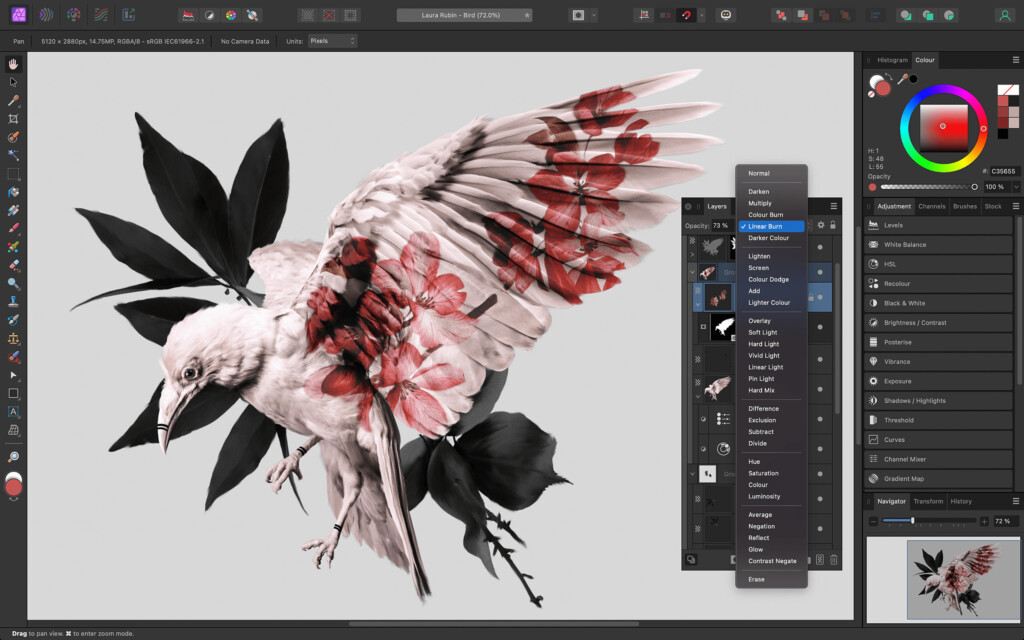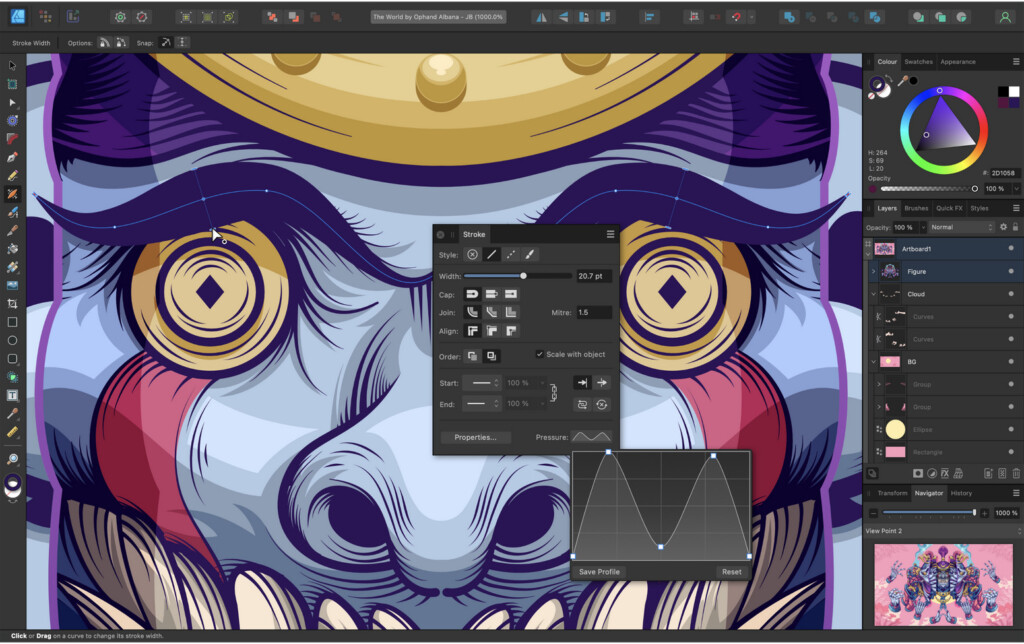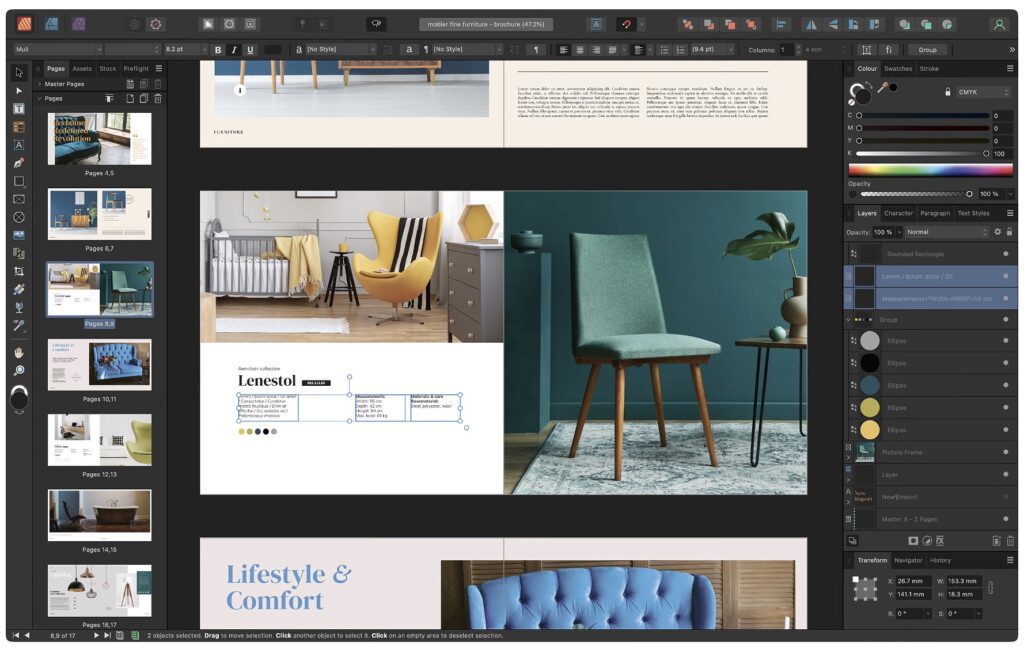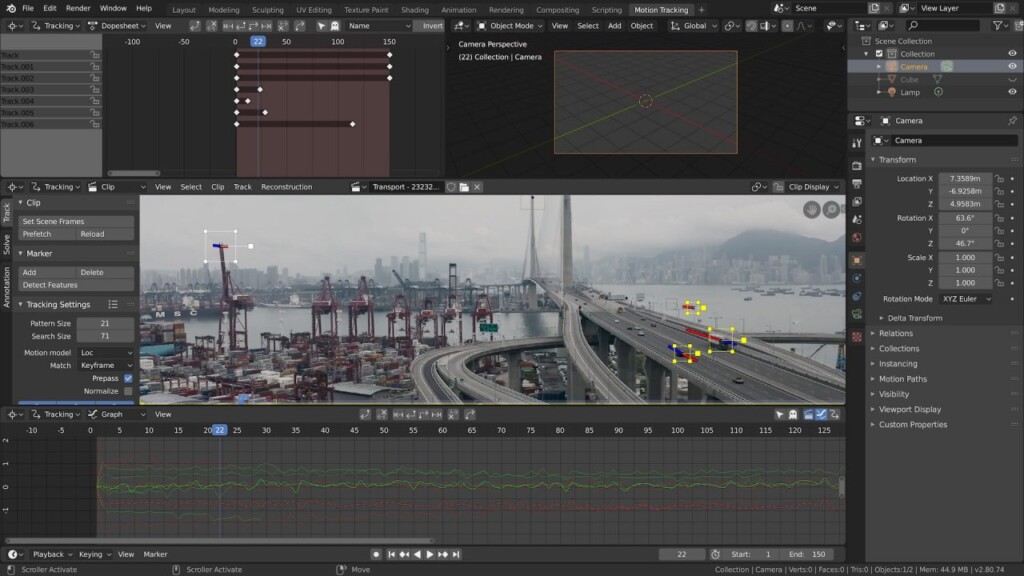For years, Adobe Creative Cloud has been the gold standard for Mac based creatives—designers, video editors, photographers, and illustrators alike.
But in 2025, a growing number of Mac users are calling it quits on Adobe.
And not because they’ve stopped creating—but because there are now smarter, faster, cheaper and in some cases, free open-source tools that do the job just as well (if not better) on a Mac.
In this article, we’ll break down why Mac users are ditching Adobe Creative Cloud, and what they’re switching to instead—broken down by task, from photo editing to video production.
Table of Contents
- Why Mac Users Are Leaving Adobe Creative Cloud
- 1. Instead of Photoshop: Try Affinity Photo or Pixelmator Pro
- 2. Instead of Illustrator: Use Affinity Designer or Inkscape
- 3. Instead of InDesign: Try Affinity Publisher or Scribus
- 4. Instead of Premiere Pro: Switch to Final Cut Pro or DaVinci Resolve
- 5. Instead of After Effects: Try Apple Motion or Blender
- 6. Instead of Lightroom: Consider Capture One or Photomator
- Why These Tools Work Better on a Mac
- Final Thoughts: You’re Not Locked Into Creative Cloud
Why Mac Users Are Leaving Adobe Creative Cloud
Let’s start with the obvious: Adobe Creative Cloud is expensive.
Most of Adobe’s flagship graphic design and video editing apps—Photoshop, Illustrator, Premiere Pro, and InDesign—are only available via subscription currently costing around $59.99 per month – if you pay annually.
If you just need Photoshop and Lightroom, you can get the photography bundle for just $19.99 per month.
Adobe also offers generous discounts for students of up to 60% off Creative Cloud and there are various ways of getting Creative Cloud deals throughout the year.
However, those subscription costs add up quickly, especially if you’re a freelancer, student, or small business just trying to stay productive on your Mac.
But cost isn’t the only reason:
- Subscription fatigue: Many Mac users are tired of monthly or annual billing for software they don’t always use.
- Heavy system demands: Adobe apps can be resource-intensive, making even M-series Macs run hot or slow under pressure.
- Privacy concerns: Adobe’s cloud-connected tools often send data back to servers, prompting some users to look for local or offline-first alternatives.
- Simpler UI elsewhere: Mac-first tools often offer cleaner, more intuitive interfaces that appeal to both beginners and seasoned pros.
1. Instead of Photoshop: Try Affinity Photo or Pixelmator Pro
If Photoshop is your go-to for image editing or retouching, you’re not out of options. Nowadays Adobe even offers it’s own “free” lighter version of Photoshop in the form of Adobe Express.
In fact, there are several excellent alternatives to Photoshop for Mac, and two of the most popular replacements are built specifically for macOS :

- Affinity Photo (One-time purchase)
- Full-featured editor, pro RAW support, layer styles, and more.
- No subscription. Native Apple Silicon support.
- Great for photographers and designers who want deep control.
- Pixelmator Pro (Mac App Store)
- More beginner-friendly than Photoshop, but still powerful.
- Supports machine learning features like smart selection and denoising.
- Beautiful native macOS interface that feels fast and modern.
Bonus: If you’re an iPad user too, both of these have excellent iPad versions.
2. Instead of Illustrator: Use Affinity Designer or Inkscape
For vector graphics, logos, and illustration work, Adobe Illustrator has long been the industry standard—but now it’s far from the only option on a Mac.
Here are 2 great alternatives to Illustrator on Mac, one is free and another is a one-time payment, so no more pesky subscriptions.

- Affinity Designer
- Handles both vector and raster work, ideal for multi-discipline creators.
- Extremely fast, especially on Apple Silicon Macs.
- One-time payment. Works offline.
- Inkscape (Free, open-source)
- Free vector design app optimized for macOS and iPadOS.
- Simple enough for beginners, powerful enough for pros.
- Great for marketing materials, social media graphics, and branding.
Read our full Inkscape review here.
3. Instead of InDesign: Try Affinity Publisher or Scribus
If you’re doing layout work, magazines, brochures, or long-form print design, and looking for the Desktop Publishing Software for your Mac, you don’t need necessarily need InDesign anymore.

- Affinity Publisher
- Works smoothly with Affinity Photo and Designer (StudioLink).
- Perfect for print or digital publishing.
- Mac-optimized, with live preflight and instant undo.
- Scribus (Free, open-source)
- A bit less polished, but fully capable for layout-heavy projects.
- Supported on macOS and good for basic desktop publishing needs.
You can read a full review of Scribus here if you want to learn more.
4. Instead of Premiere Pro: Switch to Final Cut Pro or DaVinci Resolve
Premiere Pro’s performance on macOS—especially on M1/M2 chips—has been hit or miss. That’s why many Mac users are turning to Apple’s own tools or powerful third-party editors.

- Final Cut Pro
- Apple’s pro video editing suite. Optimized for Mac down to the metal.
- No subscription, lifetime license.
- Insanely fast rendering and timeline playback.
We have a full review of Final Cut Pro if you want to dig deeper.
- DaVinci Resolve (Free + Studio version)
- Best-in-class color grading.
- Used in Hollywood post-production.
- Also includes Fusion (motion graphics) and Fairlight (audio editing).
5. Instead of After Effects: Try Apple Motion or Blender
For motion graphics or visual effects, After Effects is powerful—but it’s not your only choice on a Mac.
- Apple Motion
- Budget-friendly ($49.99) and tightly integrated with Final Cut Pro.
- Real-time playback and GPU-accelerated effects.
- Ideal for titles, transitions, and light compositing.

- Blender (Free, open-source)
- 3D modeling, animation, and VFX in one app.
- Steeper learning curve, but incredibly powerful.
- Regularly updated with macOS support.
6. Instead of Lightroom: Consider Capture One or Photomator
Lightroom users often complain about its cloud reliance and performance lag as reasons to look elsewhere. Luckily, there are some excellent native options for macOS:
- Capture One Pro
- Tailored for professional photographers.
- Exceptional tethering and color grading.
- Available via subscription or one-time license.
- Photomator
- A beautifully simple photo editor from the makers of Pixelmator Pro.
- Uses machine learning to enhance photos automatically.
- Great for organizing and editing Apple Photos library images.

Why These Tools Work Better on a Mac
Many Adobe alternatives today are built natively for Apple Silicon, meaning they take full advantage of the M-series chipsets.
The result? Smoother performance, less battery drain, and fewer crashes—something Adobe apps have struggled to match consistently.
Plus, several alternatives (like Pixelmator Pro, Photomator, and Affinity apps) support macOS-exclusive features like:
- iCloud sync
- Sidecar with iPad
- Touch Bar and Apple Pencil support
- Native drag-and-drop with Finder
Final Thoughts: You’re Not Locked Into Creative Cloud
Adobe Creative Cloud still has a place—especially in large, collaborative teams where shared file formats matter.
Resources like Adobe Stock are also unparalleled in choice although even then, there are other photo stock sites worth exploring too.
But there are better, faster, and cheaper ways to create than Adobe Creative Cloud, especially for individuals or small teams.

